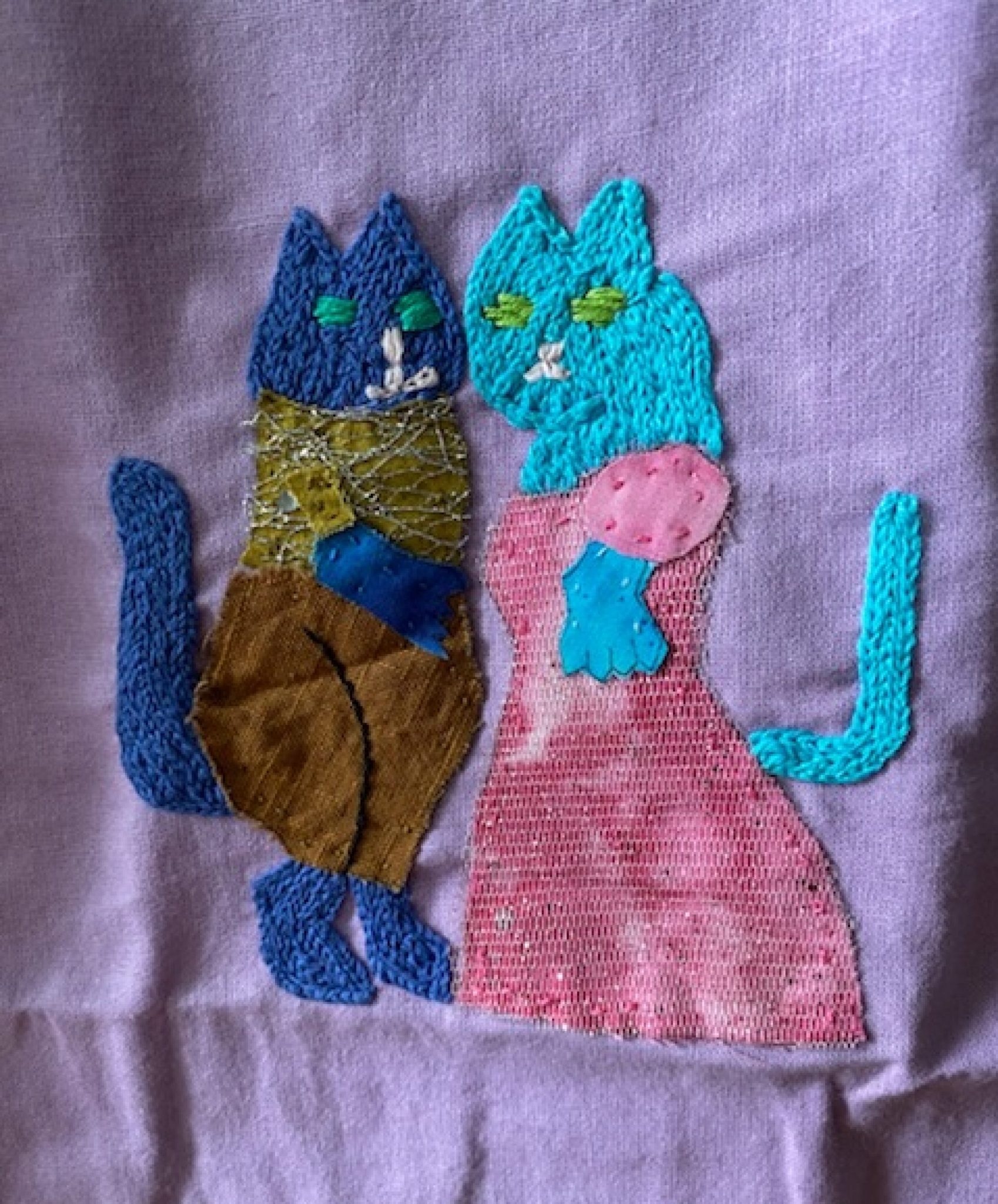Updated on October 5 2019. This post will be updated periodically with the latest picture uploads.

Do you have four generations of women in your family? Are several generations of women still alive in your family?
If you’re a man, please substitute the gender noun as men. Are there several generations of men still living, in your family?
What were the dreams of the oldest generation of woman (or man) in your family? Were these dreams realized? Now go down the line to the next generation of woman (or man). Did her (or his) dreams come true? How different were the dreams of these two generations of women?
Dreams change. Dreams follow issues that are essential to our salvation.

- Dreams of the first (1st) generation of women in the family:

She had wishes to save to pay for physiological needs like food, and a house.
Dreams of the second (2nd) generation of women in the family:

My mother wanted a son.
Dreams of the third (3rd) generation of women in the family:

I dreamed for a strong, moral, intelligent and successful child.
Dreams of the fourth (4th) generation of women in my family:

Did the passage of time, or era (time period) affect the kind of dreams each generation of women had?
Do women (and men) desire the same basic primary needs? These are physiological requirements like food, water, and shelter.
Maslow, a psychologist, created his theory that mankind has a hierarchy of needs. These progress from basic physiological needs, to secondary needs and then tertiary needs.
Look at the pyramid below:

Everyone would like to attain all levels of needs but not all are able to achieve this to shine in self-actualization.

The Department of Statistics would have collected data on the population count. It is ironic that as soon as there exists a family planning policy to decelerate population growth, the head count would decline more because of other concurrent factors like rising costs of living, competition for jobs, inflation, competition for eligible marriage partners and etc.

Then dreams for more children in the family changed.

Some of the changes in the dreams across generations of women in one family:
- Dreams changed from physiological needs, to other desires.
- Dreams on having a bigger number of kids in the family have changed.
- Dreams stopped focusing on Marriage as a revered state.
- Day dreams of having descendants to worship you after your death stopped.
- Polygamy marriages banned in favor of monogamy marriage.
Generations of women thought marriage was a natural progression in life.

Until the 3rd and 4th generation of women in my family.

Dream of my grandmother:

Dream of my mother:

I dreamed of getting married.

The 1st and 2nd generations in my family thought it was necessary to get married to ensure descendants to make offerings to their ghosts upon death.

The first generation of women encouraged marriage and raising children, especially male descendants.

While many women were converted to Christianity and stopped ancestral worship, many devout women continued to pray and place sacrificial offerings to their dead ancestors.

The polygamous marriage was outlawed, paving the way for monogamy.

In the early days, a man was respected if he could afford to keep more than one wife. He could be casual in taking up wives because he was free to spend his time with other wives if he disliked one of them.

Writing prompts that may fit this theme:
Today’s daily prompt is: essential to their salvation.
— East Bay NaNo (@EastBayNaNo) October 3, 2019
